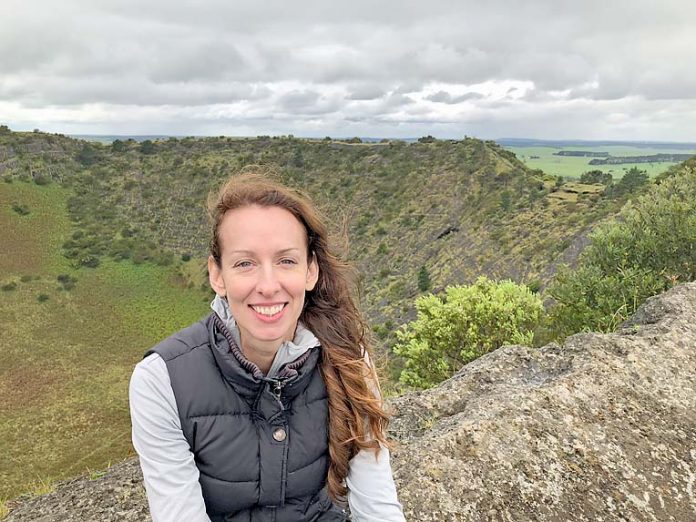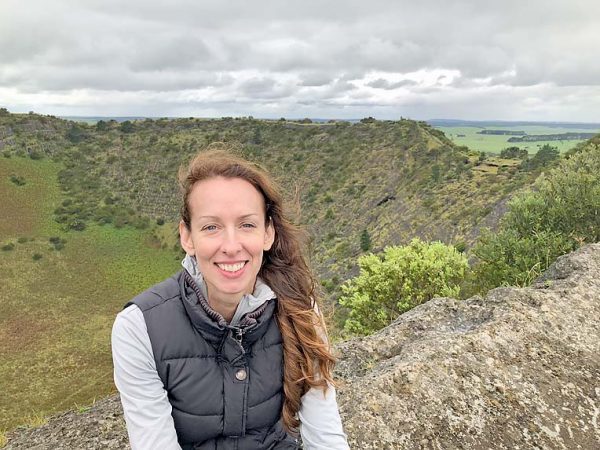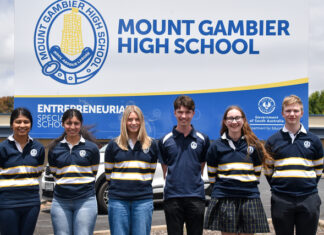

DESPITE having active volcanoes situated in our own backyard, a potential volcanic eruption is not high on the Mount Gambier district’s list of concerns.
However, a Macquarie University researcher is taking steps to try and make residents take the matter a bit more seriously.
Associate Professor Heather Handley from the university’s earth and planetary sciences department has recently started analysing the chemistry in volcanic rocks to understand more about the volcanoes in our region.
“There will be an eruption in the province, we just do not know exactly where or when,” Ms Handley said.
“There are so many things in life that you think will never happen, that do happen.”
Ms Handley said her research would involve looking at clues from crystals within the volcanic rocks to work out how fast molten rock (magma) moved before an eruption.
“We want to find out how fast magma came to the surface – how does it move and how fast does it happen?” Ms Handley said.
“Two months ago we started to look specifically at Mount Schank and Mount Gambier.”
Mount Gambier was the last Australian volcano to erupt around 5000 years ago and sits within a volcanic field stretching all the way to Melbourne.
“A future eruption in the Mount Gambier area has the potential to be quite explosive if rising magma interacts with groundwater or surface water,” she said.
Ultimately, Ms Handley aimed to figure out how much preparation time the community would have before an eruption once there were signs of molten rock on the rise.
“It is a low probability event, but it is high risk, so we want to work out whether we would see some signs and whether those signs would come days, weeks, or months before an eruption is set to occur,” she said.
“Our research will tell us more about the plumbing system underneath the volcanoes and the ascent rate of the magma to the surface.”
Ms Handley said she hoped evidence from her initial research may lead to more funding for a broader study on the topic.
She expressed a desire to engage with indigenous communities and hear their stories, which have been passed down through generations.
“Aboriginal Australians were here when those eruptions took place, so I’d love to hear their accounts of the eruptions,” she said.
“I want to understand what they witnessed thousands of years ago and how the eruptions are perceived by those communities,” she said.
Ms Handley hopes to use the knowledge she gathers to help develop an appropriate emergency response plan for a potential eruption.
“Despite the active volcanic field in south-west Victoria and across the border into South Australia, if you visit the emergency information website for Victoria, there is no mention of volcanic eruptions,” she said.
“It would be great to see more discussion around volcanic activity and associated hazards in Australia and the development of emergency information – public preparation and response plans for such an event.”





